Disclosure: This article contains affiliate links. We may earn a commission from purchases at no extra cost to you, which helps our travel content.
Edinburgh is what happens when Mother Nature and human ingenuity decide to collaborate on a masterpiece. As someone who spends his professional life scrutinizing urban design, I'm rarely left speechless by cities—but Edinburgh's dramatic topography and architectural harmony consistently leaves me fumbling for my camera. The Scottish capital is famously built across seven hills (Rome isn't the only one, mate), creating a landscape where centuries-old stone buildings cascade down slopes and narrow medieval streets wind their way up to breathtaking vantage points. Last summer, my uni friend James and I decided to tackle all seven hills in a single weekend. Was it ambitious? Absolutely. Was it worth the burning calves and occasional muttered profanity? Without question. This isn't your typical mountain trek—it's urban hiking at its finest, where each summit rewards you with a unique perspective on one of Europe's most characterful cities.
Planning Your Seven Hills Adventure
The Seven Hills of Edinburgh aren't officially designated like, say, the Seven Summits of mountaineering fame, but locals generally agree on: Castle Rock, Calton Hill, Arthur's Seat, Craiglockhart Hill, Braid Hills, Blackford Hill, and Corstorphine Hill. Collectively, they offer a 14-mile route with roughly 2,200 feet of elevation gain—not exactly Everest, but enough to ensure you'll sleep soundly afterward.
When James suggested we tackle all seven in a weekend, I initially laughed it off as ambitious overreaching (typical of a Manchester United supporter). However, after mapping it out, I realized it was entirely doable for anyone with reasonable fitness and a healthy appetite for urban exploration.
I'd recommend splitting the adventure across two days: the eastern hills (Castle Rock, Calton Hill, and Arthur's Seat) on day one, and the remaining four on day two. This approach lets you spend more time at each summit rather than rushing through like it's the last minutes of a nil-nil derby.
Before setting off, I loaded the routes onto my hiking GPS. While Edinburgh's hills are hardly remote wilderness, having precise navigation helped us find the optimal paths between hills and discover lesser-known viewpoints. If you're not inclined to invest in dedicated equipment, the ViewRanger app (now called Outdooractive) works brilliantly for urban trails.
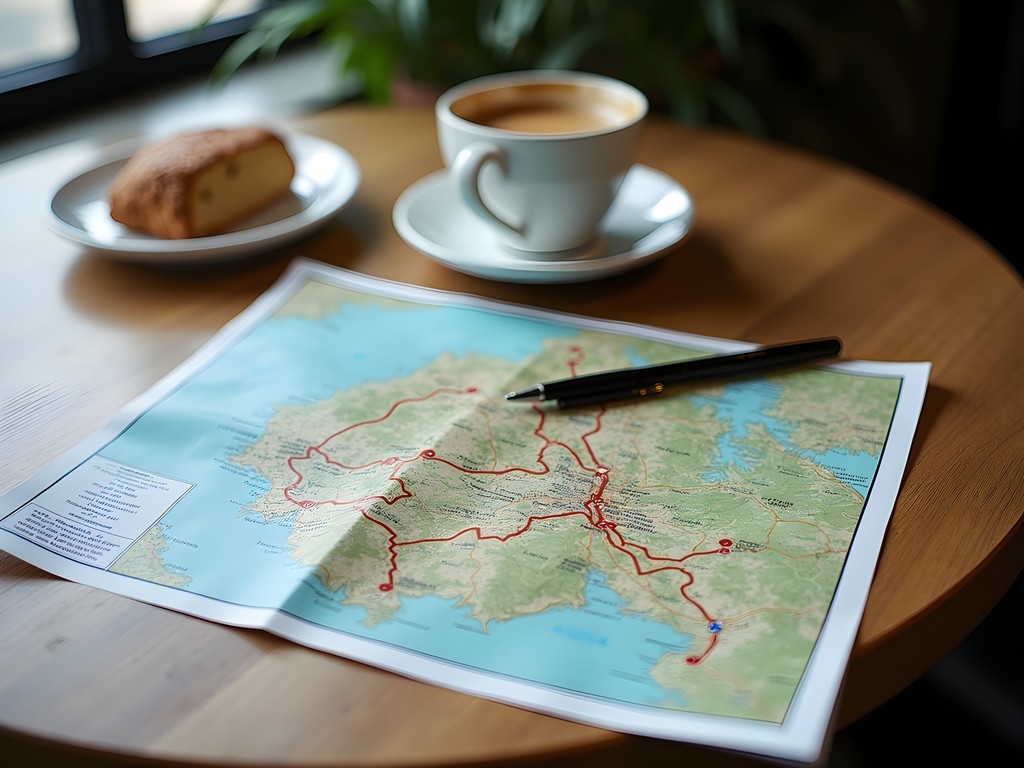
💡 Pro Tips
- Start early to avoid crowds at popular spots like Arthur's Seat
- Book accommodation in Newington or Marchmont for central access to most hills
- The complete seven hills route can be done without public transport, but having a contingency bus plan is wise
The Eastern Trio: Castle Rock, Calton Hill & Arthur's Seat
We kicked off our expedition from the Royal Mile, that sloping thoroughfare that perfectly exemplifies how Edinburgh's urban planning has historically embraced rather than fought against its topography. First up was Castle Rock, home to the imposing Edinburgh Castle. At 130 meters above sea level, it's not the tallest of the seven, but its prominence in the city skyline makes it feel like the centerpiece of Edinburgh's geological drama.
The approach to the castle is a lesson in defensive urban design—a gradually steepening slope that would have made medieval invaders question their career choices. Today, it merely leaves tourists slightly winded. The esplanade offers stunning views westward, though the full panoramic experience requires a castle entry fee. Budget travelers take note: you can enjoy 80% of the views for free from the public areas.
A brisk 15-minute walk east brought us to Calton Hill, perhaps the most accessible of Edinburgh's summits at just 103 meters. What it lacks in altitude, it makes up for with its collection of curious monuments—an unfinished Parthenon replica (the National Monument), Nelson's Monument, and the City Observatory. The hill has been Edinburgh's prime sunset-watching spot since the Georgian era, and for good reason. The golden hour light transforming the Dugald Stewart Monument into a silhouette against the glowing sky is worth every step.
Arthur's Seat, the highest of Edinburgh's seven at 251 meters, loomed ahead as our final challenge of day one. This ancient volcano is essentially a miniature Highland landscape dropped into the city center—complete with craggy peaks, hidden glens, and windswept slopes. We approached from the east via Dunsapie Loch, a less crowded route that gradually reveals the city panorama. At the summit, I pulled out my compact binoculars to spot landmarks across the Firth of Forth all the way to Fife. These have been my faithful companions on urban hikes worldwide—lightweight enough for city exploration but powerful enough to bring distant details into focus.
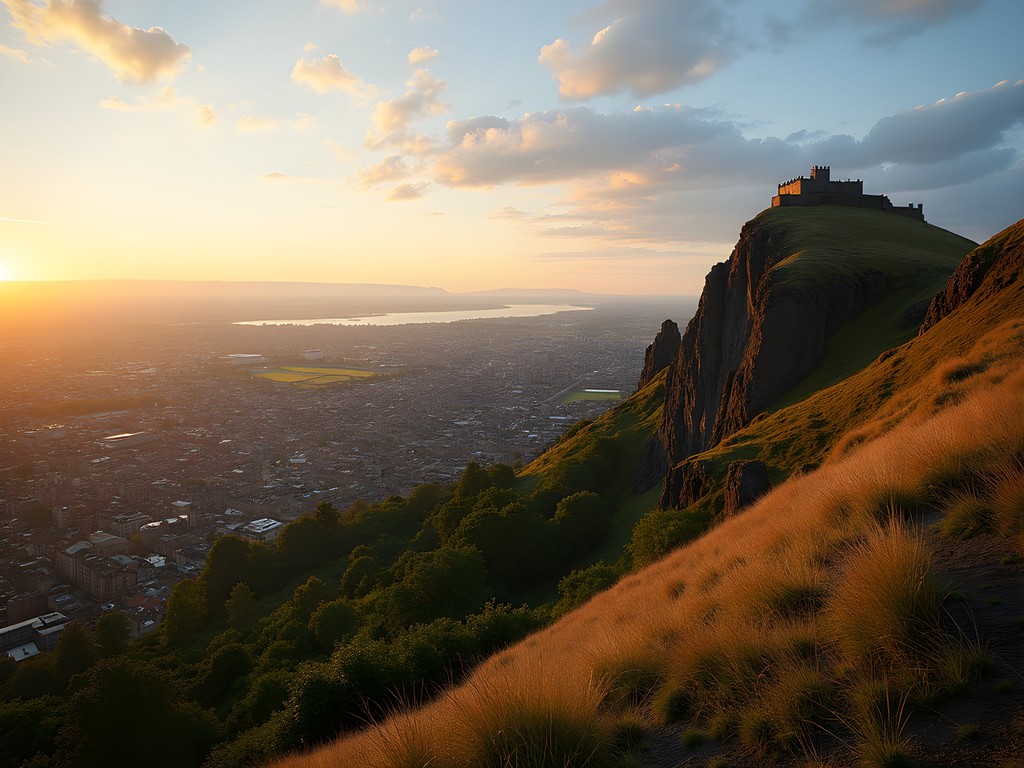
💡 Pro Tips
- The east approach to Arthur's Seat via Dunsapie Loch is less steep and crowded than the western routes
- Pack layers—Edinburgh's hills create their own microclimate with sudden wind gusts
- Calton Hill is wheelchair accessible via a road from Regent Road
The Southern Scholars: Blackford & Braid Hills
Day two began with a hearty vegan breakfast at a local café—fuel for the remaining hills that form Edinburgh's southern boundary. We started with Blackford Hill, home to the Royal Observatory and, in my professional opinion, offering the most instructive view of Edinburgh's urban development. From its 164-meter summit, you can clearly see how the city's Georgian New Town grid system gives way to the organic medieval layout of the Old Town.
As an urban planner, I find Blackford Hill fascinating because it provides a perfect case study in green space preservation. The hill and surrounding Hermitage of Braid form a nature reserve right in the city, demonstrating how urban growth can accommodate ecological corridors. The morning light filtering through the wooded slopes created a tranquil atmosphere that belied our proximity to Scotland's capital.
After descending Blackford's northern slope, we traversed residential streets to reach Braid Hills, the most extensive of Edinburgh's seven. At 213 meters, the Braids offer a more rural hiking experience despite being just four miles from the city center. The hills are home to two golf courses (this is Scotland, after all), but hikers are well accommodated with clear paths.
The Braids' summit plateau provides the best southern panorama of Edinburgh, with Arthur's Seat and Castle Rock perfectly framed against the Forth estuary beyond. It's also where I captured my favorite time-lapse of the trip, as clouds cast moving shadows across the cityscape. My travel tripod proved invaluable here—compact enough to carry all day but sturdy enough to keep my camera stable in the ever-present Edinburgh breeze.
What struck me most about these southern hills was how they've shaped Edinburgh's development boundary. Unlike many cities where urban sprawl continues unchecked, Edinburgh's hills have created natural limits that have forced more thoughtful development. It's urban containment without the need for regulatory greenbelts—nature's own planning policy.
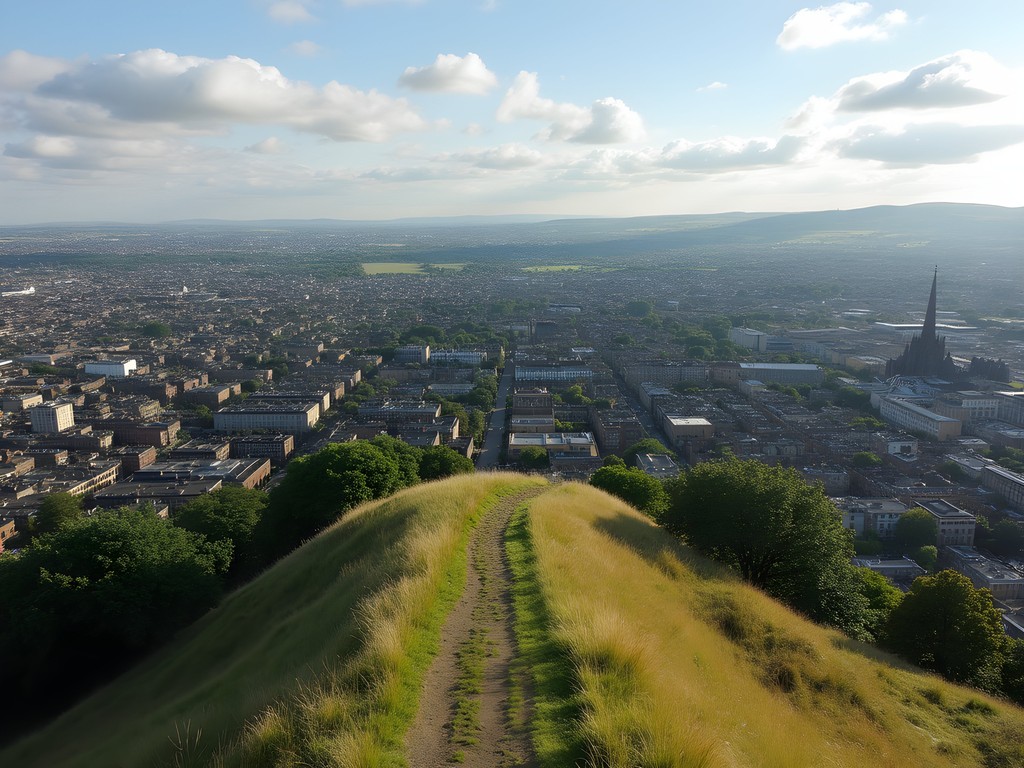
💡 Pro Tips
- The Hermitage of Braid visitor center has free maps of walking routes
- Braid Hills paths can get muddy after rain—proper footwear essential
- Look for the orientation table at Blackford Hill summit to identify distant landmarks
The Western Pair: Craiglockhart & Corstorphine Hills
By mid-afternoon, we'd reached Craiglockhart—actually a twin-peaked hill comprising Easter and Wester Craiglockhart. At a modest 158 meters, these connected summits aren't the most imposing, but they're steeped in literary history as the site of Craiglockhart War Hospital, where poets Siegfried Sassoon and Wilfred Owen met during WWI. The hospital buildings now form part of Edinburgh Napier University.
The twin hills offer excellent views back toward the city center and Arthur's Seat. What fascinated me was how these hills have been incorporated into the urban fabric—surrounded by residential development yet maintaining their character as natural spaces. The eastern slopes feature well-maintained woodland trails, while the western side incorporates sports facilities. It's adaptive reuse of topography that many cities could learn from.
Our final summit, Corstorphine Hill, required a longer trek westward. At 162 meters, this elongated ridge is less a peak and more a forested plateau stretching for nearly two miles. The hill forms the backbone of Edinburgh's western suburbs and houses the excellent Edinburgh Zoo on its eastern slope (though we didn't spot any escaped penguins during our hike).
What makes Corstorphine unique among Edinburgh's seven is its extensive woodland cover—a genuine forest in the city. The summit is marked by Clermiston Tower (also called Corstorphine Hill Tower), a Victorian monument to Sir Walter Scott that provides the hill's highest accessible viewpoint. From here, we could see back across all the hills we'd conquered, with the Pentland Hills rising beyond the city's southern boundary.
The descent from Corstorphine through its nature reserve brought us past exposed rock formations that reveal the hill's volcanic origins—the same geological drama that created all of Edinburgh's distinctive topography. By the time we reached the bus stop for our return to central Edinburgh, our fitness trackers showed we'd covered over 25 kilometers across the two days.
As the sun began to set on our seven hills adventure, I pulled out my trusty insulated water bottle for the last sips of water. Having cold water even after a full day of hiking in summer heat is one of those small luxuries that makes all the difference—especially when you're celebrating the completion of an urban hiking challenge.
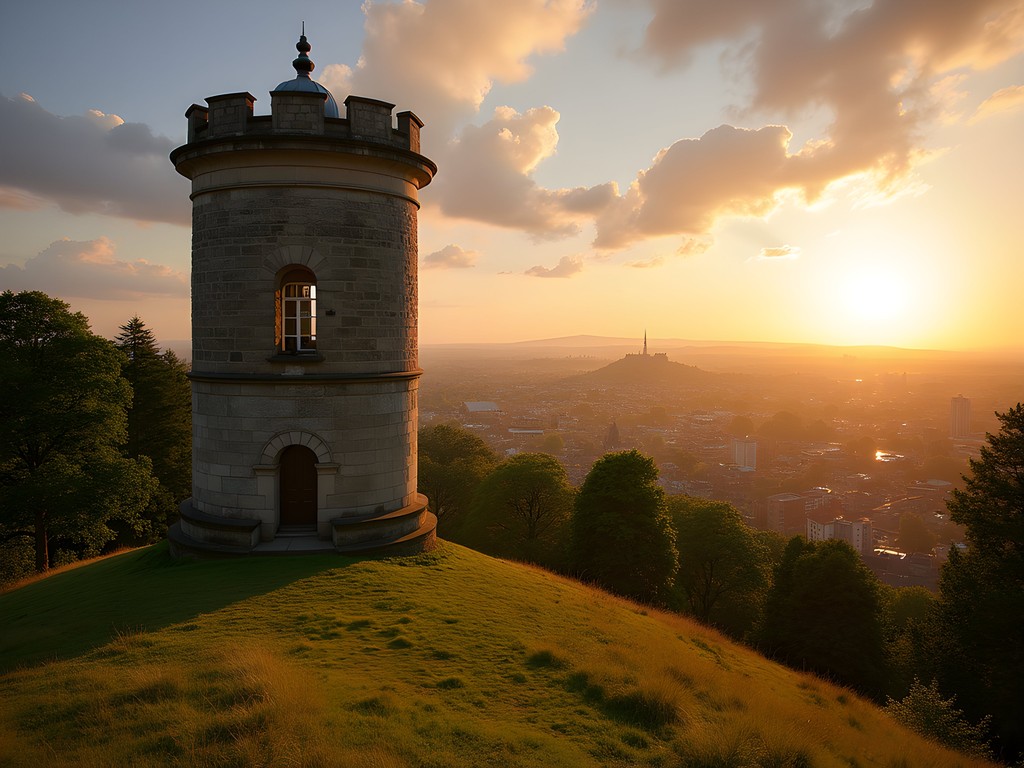
💡 Pro Tips
- Corstorphine Hill has multiple entrances—the Rest and Be Thankful viewpoint car park is best for summit access
- Craiglockhart's nature trails are well-marked but not well-known to tourists
- The Corstorphine Hill walled garden is a hidden gem worth finding
Vegan Fuel for Urban Hikers
One doesn't conquer seven hills on an empty stomach, and fortunately, Edinburgh's vegan scene is surprisingly robust for a city once synonymous with haggis. Our seven hills challenge became as much a culinary tour as a hiking expedition.
For pre-hike breakfast, we discovered Holy Cow near Calton Hill—a compact café serving stellar vegan pancakes that provided the slow-burning energy needed for our first day's climbs. Their coffee rivaled anything I've found in Melbourne's hipster havens, which is saying something.
Packed lunches are essential for hill-hopping efficiency. The best strategy is to visit one of the small Scotmid Co-op stores scattered throughout residential Edinburgh. Their plant-based sandwich selection is decent, and you can assemble a respectable picnic without breaking the bank. We enjoyed our summit lunch on Arthur's Seat watching paragliders drift over Holyrood Park—not a bad dining view for a supermarket meal.
After completing day one, we treated ourselves to dinner at Harmonium in Leith. While not in the city center, this vegan gastropub was worth the bus ride for their 'fish' and chips made with banana blossom—a brilliant plant-based take on the British classic. The Scottish ale selection provided necessary carb replenishment for day two.
For our final evening celebration, Seeds for the Soul in Bruntsfield offered the perfect recovery meal. Their Buddha bowls packed with local vegetables and protein-rich quinoa were exactly what our muscles needed after two days of continuous hiking. The restaurant's location near the Meadows also meant we could enjoy a gentle stroll back to our accommodation—a necessary cool-down for tired legs.
Staying hydrated on the hills is crucial, especially if you're blessed with rare Scottish sunshine as we were. My collapsible water bottle proved invaluable—it rolls up when empty to save space but holds enough water for several hours of hiking. Most of Edinburgh's hills have no water sources, so carrying sufficient supply is essential.

💡 Pro Tips
- Holy Cow Café opens early (8am) on weekends—perfect for pre-hike breakfast
- The Scotmid Co-op on Nicolson Street has the best vegan sandwich selection
- Consider a thermos of tea for summit breaks—Edinburgh hills are notoriously windy even in summer
Final Thoughts
Completing Edinburgh's seven hills challenge offers something increasingly rare in our Instagram-dominated travel culture: authentic perspectives that can't be captured by a quick hop-off tour bus. Each summit reveals the city from a different angle, both literally and metaphorically. As an urban planner, I'm fascinated by how Edinburgh has embraced its dramatic topography rather than attempting to flatten or ignore it—a lesson many modern cities could benefit from. For couples seeking a weekend adventure that combines natural beauty with cultural exploration, these urban trails deliver spectacularly without demanding technical hiking skills or expensive gear. The seven hills aren't just geographical features; they're Edinburgh's character made physical—resilient, dramatic, and full of unexpected moments of beauty. So lace up your boots, pack a rain layer (this is Scotland, after all), and discover a side of Edinburgh that many visitors miss while shuffling between the castle and the Royal Mile.
✨ Key Takeaways
- Edinburgh's seven hills provide a perfect weekend challenge for couples with moderate fitness
- The complete route offers better understanding of the city's layout and development than any guided tour
- Summer offers longest daylight hours, but be prepared for Edinburgh's famously changeable weather
- The hills are accessible by public transport, making this an ideal budget-friendly adventure
📋 Practical Information
Best Time to Visit
May through September, with June offering longest daylight hours
Budget Estimate
£150-£250 per couple for a weekend (accommodation, food, and minimal transport)
Recommended Duration
2 full days for all seven hills; 3 days for a more relaxed pace
Difficulty Level
Moderate - Requires Reasonable Fitness But No Technical Hiking Skills




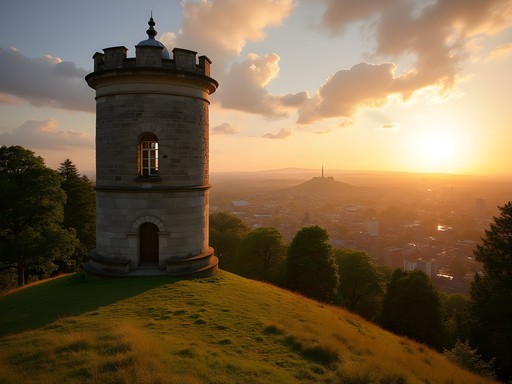
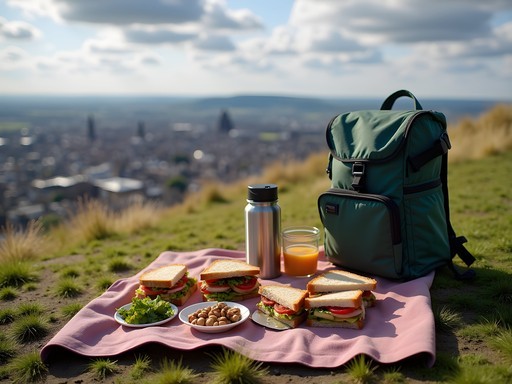


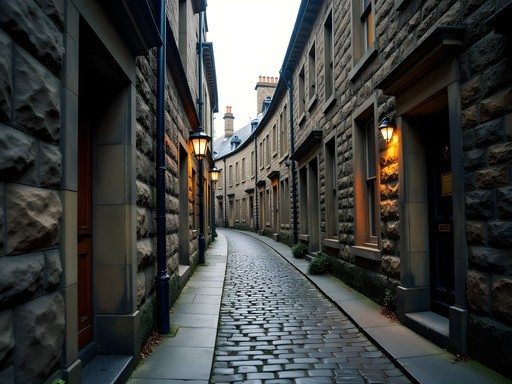
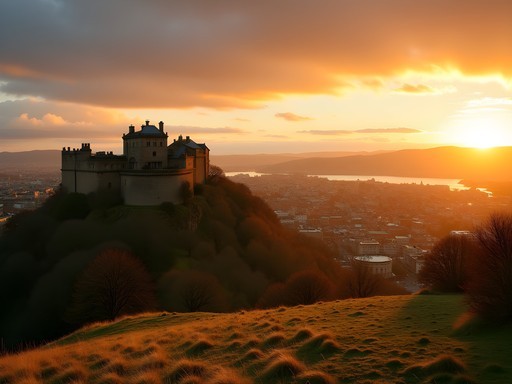
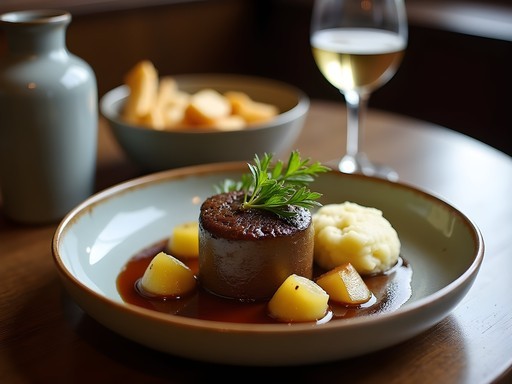
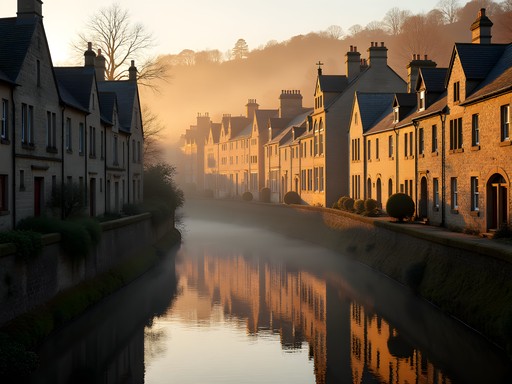

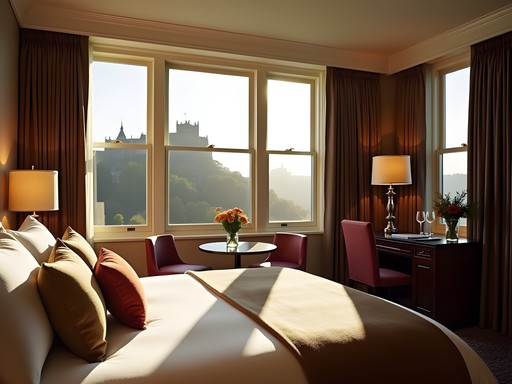

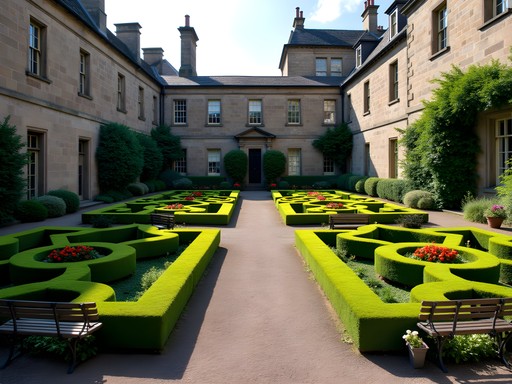
Comments
adventurelegend1726
OMG THOSE VIEWS FROM ARTHUR'S SEAT!!! 😍😍😍 Adding this to my bucket list RIGHT NOW! Did you do all seven hills in one day? You're my hero Ronald!
wanderlustguide
I'm not Ronald but I can tell you Arthur's Seat is even better in person! Sunrise is magical if you can drag yourself up that early.
backpackking
Planning to visit Edinburgh in November. Would that be too cold/wet to attempt these hikes? Any specific gear recommendations?
Raymond Hassan
November is definitely doable but prepare for wind and rain! Layers are key - I used my waterproof jacket constantly. The urban hills (Castle Rock, Calton) have cafes nearby for warming up, but the others are more exposed. Start early as daylight is limited that time of year.
backpackking
Thanks for the tips! Will definitely pack my rain gear.
Raymond Hassan
Excellent breakdown of Edinburgh's topography, Ronald! I did this challenge last autumn and would add that the weather can change dramatically between hills. I started at Castle Rock in sunshine and was in thick fog by the time I reached Blackford Hill. The eastern trio (Castle Rock, Calton Hill, Arthur's Seat) can be done in a half-day if you're reasonably fit, which leaves time for a well-deserved pub visit afterward. The western hills are more spread out and require better planning. I found using Edinburgh's bus system essential - get a day ticket and save your legs for the actual climbing!
tripguy7964
Just completed this challenge last weekend using your guide. Your tip about tackling Craiglockhart Hill via the nature reserve entrance was spot on - much easier path than what Google Maps suggested. One addition: there's a lovely cafe called The Lookout on Calton Hill that's perfect for a mid-hike coffee break with panoramic views. Totally worth the slightly higher prices. For anyone attempting all seven in one day (like I foolishly did), make sure you've got good shoes and plenty of water!
wanderlustguide
Just did Arthur's Seat last month! Wish I'd seen this post before to tackle all seven hills. Next time!
Raymond Hassan
Arthur's Seat is definitely the most famous, but Calton Hill gives you the best city panorama in my opinion. Much less crowded too!
wanderlustguide
Good to know! I'll put that on my list for next visit.
coffeeguide
LOVE THIS POST! Did Arthur's Seat last year but had no idea about the seven hills challenge. Definitely trying this on my next trip!
exploreninja8188
Is it doable in winter? Planning a January trip to Edinburgh.
Gregory Boyd
I did it last January. Definitely doable but bring proper footwear as paths can get icy, especially on Arthur's Seat and Blackford Hill. The views with a dusting of snow are magical though!
exploreninja8188
Thanks for the tip! Will pack my hiking boots.
George Hayes
Did this with my family last summer and it was the highlight of our UK trip! My kids (10 and 12) managed all seven hills over three days. We broke it up exactly as Ronald suggests - eastern trio first, then southern, then western. The best part was rewarding ourselves with ice cream at Mary's Milk Bar after conquering Arthur's Seat. If you're doing this with kids, I recommend starting with Calton Hill as a confidence booster before tackling the steeper ones. Great write-up that brought back wonderful memories!
Ronald Burns
Thanks George! So glad your family enjoyed it. Mary's Milk Bar is indeed the perfect reward - I should have mentioned that in the post!
globephotographer
Those views from Arthur's Seat look incredible! Adding this to my bucket list!
WeeScottishLass
Love seeing my hometown through a visitor's eyes! You've captured it beautifully.
Venture X
Premium card with 2X miles, $300 travel credit, Priority Pass